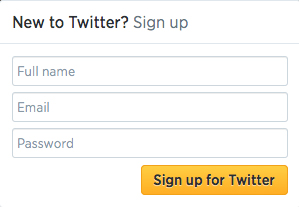The district directors have been challenged by Mike Lambur to blog about work-life balance, pretty ironic as I sit in my office at 6:15 am catching up once again. I put in a lot of hours and I make that choice for several reasons – mainly, I don’t want to disappoint you, the folks that I serve, and I sincerely want to enable you to do your jobs well – to the extent this is mine to assist, 2) I don’t want to fall behind and I want to be a “good” employee and be valued as such by my supervisor, and 3) I think it is simply part of who I am to put in extra hours. My parents taught me to arrive at work at least 10 minutes early and actually be working when my shift began. My mom always said, “Once a task is begun, never stop until it’s done, be it great or be it small, do it well or not at all!” So with this work ethic ingrained in me, I confess to always having put in a lot of time on jobs and I can also say that mostly I have loved it.
The “rub” came in my work/life balance when my child was borne. Twelve hour days were not practical or doable any more. I can remember sitting in bed with my son and reading stories to lull him to sleep, but it was always mom that feel asleep and the little guy saying, “read more, read more.” Life had to change. Being married to an equally “hard worker” who put in many hours each week between his professional job and farming, it was a struggle and required constant communication to juggle the tasks of parenting. As I cut back the hours that I was actually at the work place to 40, I began to receive negative feedback – “What’s happened to Cyndi? Why isn’t she around anymore? She doesn’t work like she used to.” This was a very difficult pill to swallow because I was still giving my job a strong 40 hours weekly.
However, my priorities had changed and I had to do some things differently to accommodate my home life and my work. One of the most difficult challenges for me was to give over work to someone else. Although I had competent and capable volunteers, they did not quite do it the way I wanted the task done – and I struggled with that. I had to prioritize and take an unbiased look at what tasks needed to be done – which ones had to stay with me and what could I give up or turn over to a volunteer. I also had to pare down the “stuff” around me and purge to a manageable level.
Over time, I was able to find a groove that I called balance. Probably always over 40 hours a week, but I lost the guilt of not managing every detail and found a voice to say “no” to requests that did not strongly align with my professional or personal goals. My son is 19 now and there have been some things that I have missed because of work, but most of the time I was there. I think the most difficult priority has been to find time for myself between home and work. My advice to you would be to intentionally schedule time to care for yourself, as I believe this benefits both your home and work life – that was the one thing that I never did.
As you grow in your work and as you go through the changes of life, you will continually evaluate work load and personal commitments. I have been a state employee for most of my working career – 32 years now and I still feel a strong commitment to serve the taxpayers and give them the best I have to give for the dollars I receive from them in salary and benefits. With that in mind, you can never get back the missed ball games, awards programs, or family dinners, so I encourage you to continually evaluate where you need to be. Make your calendar your friend; sit down and plan time off – we are blessed with a generous leave system, so make sure you are using it. Schedule time for personal things on your work/life calendar to ensure that the important items don’t get forgotten or swept away by the load of daily chores.
Please share any advice you have on how you have achieved work/life balance, and/or challenges you face in making this balance work…
Cyndi Marston

 You can start by going to
You can start by going to